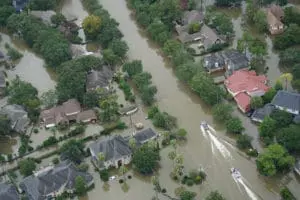Tire Safety—Tracking the Evidence
You may think your car tires are dependable—but don’t be fooled by good looks.
Text
You may think your car tires are dependable—but don’t be fooled by good looks. Traffic safety experts now recognize that the age of a tire significantly affects performance. Old tires—even with good tread—can blow out or suddenly lose pressure, causing serious crashes. Some tires show their age—turning brown, cracking and bubbling—but others look fine.
When Age Is More Important Than Appearance
“Just because the tire looks good on the outside doesn’t mean it’s not deteriorating on the inside,” says Dave Melton, Liberty Mutual’s director of transportation technical consulting services. The National Highway Traffic Safety Administration notes that tires age faster in warm climate states such as Arizona, Texas, California, and Florida. Melton advises replacing tires that are six years old or older, including spares. Even if high gas prices have you driving less, tires deteriorate whether they’re used or not. Also be sure to check the age of replacement tires, plus tires on boat and cargo trailers, RVs, motorcycles, and other vehicles.
Determining Their Age
The U.S. Department of Transportation requires tires to be marked with a code indicating when they were made. You can usually find this code on the outer sidewall, but sometimes you have to remove the tire to see it on the inner sidewall. Look for a code that ends in three or four numbers, which signify the week and year the tire was created. For example, a tire stamped 0607 was made in the sixth week of 2007. Three digits date the tire to the 1990s when coding began. So the number 228 identifies a tire made in the 22nd week of 1998.
A sampling of cases since the late 1990s documents 128 deaths and 168 injuries from accidents in which tires older than six years failed. Thousands of other cases from aging tires have resulted in property damage and loss (Source: Safety Research & Strategies, Inc.). Be sure of the age and condition of your tires and take appropriate action to replace them as needed to keep you and others safe on the road.
More on Safety & Property

5 Reasons Key Person Term Life Insurance is a Solid Risk Management Strategy for Architects
News ▪ December 2024
If not you then who? The architect’s role in addressing climate risks
News ▪ July 2024
LegaLine POV: Get copyright right
News ▪ October 2022